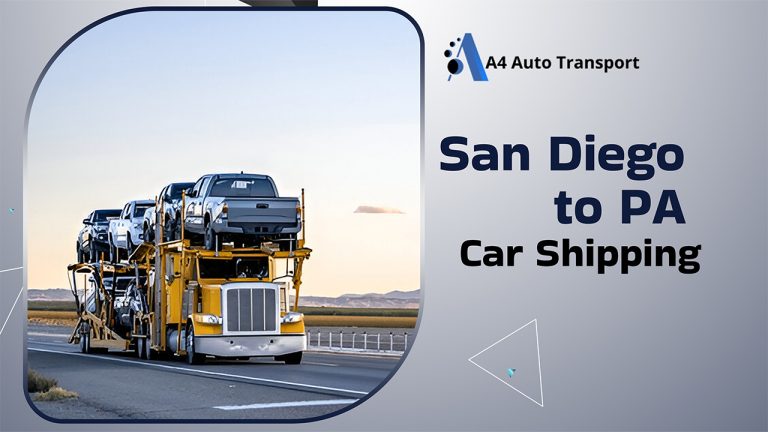Driving Towards the Future: A Look at Autonomous Vehicles

Embark on an enlightening journey into the forefront of transportation innovation, where the fusion of cutting-edge technology and artificial intelligence heralds a paradigm shift in how we traverse the world. This exploration delves deep into the multifaceted realm of autonomous vehicles, unveiling their profound purpose, intricate mechanics, wide-ranging benefits, and the complex landscape of challenges and opportunities they present.
Key Highlights
- Autonomous vehicles aim to revolutionize transportation by offering unprecedented safety and accessibility through advanced sensors, cameras, and AI.
- These self-driving cars come with various levels of autonomy (SAE Levels), ranging from requiring constant driver supervision to full automation in designated areas.
- While promising to reduce accidents and improve traffic flow, autonomous vehicles also present challenges like regulations, cybersecurity, and potential job displacement.
Purpose of Autonomous Vehicles
At the heart of autonomous vehicles lies a transformative vision to redefine the very essence of transportation. Their primary mission? To elevate mobility to unprecedented heights while revolutionizing the pillars of efficiency and safety that underpin modern travel. By harnessing the power of advanced sensors, cameras, and AI algorithms, these vehicles hold the promise of seamlessly navigating our roads, mitigating human error, and fostering a new era of transportation accessibility for all.
Working of Autonomous Vehicles
Peering into the inner workings of autonomous cars reveals a marvel of technological ingenuity. Through a symphony of sensors – from LiDAR to radar and cameras – these vehicles perceive their surroundings with unparalleled precision. This wealth of data is then meticulously processed by onboard computers, their algorithms orchestrating real-time decisions in a ballet of steering, acceleration, and braking. The result? A harmonious blend of innovation ensuring a smooth and safe journey.
Navigating Autonomy
The landscape of autonomous vehicles is delineated by a spectrum of autonomy levels, each delineating the extent of human involvement in the driving process. From rudimentary driver assistance to the pinnacle of full autonomy, these levels serve as a compass guiding the evolution of self-driving technology. Here’s a closer look at each SAE Level:
- Level 0: No Driving Automation: Traditional vehicles fall under this category, where the driver maintains complete control over steering, acceleration, and braking.
- Level 1: Driver Assistance: Examples include cruise control and lane departure warning systems, which offer limited automation but still require constant driver supervision.
- Level 2: Partial Driving Automation: Some advanced driver-assistance systems (ADAS) like traffic jam assist can manage steering and acceleration in stop-and-go situations, but handing over control for extended periods is not advised.
- Level 3: Conditional Driving Automation: Under specific conditions (like on highways), these vehicles can handle most driving tasks, but drivers must remain vigilant and ready to take over when prompted by the car.
- Level 4: High Driving Automation: In designated areas with high-definition maps, these vehicles can handle all driving functions without human intervention. However, they may not be operational everywhere.
- Level 5: Full Driving Automation: The holy grail of self-driving cars. These vehicles can navigate any road condition, completely eliminating the need for human input.
By understanding these levels, we can appreciate the progressive nature of autonomous vehicle development and the varying degrees of driver involvement within each stage.
Safety and Security
As with any technological advancement, the rise of autonomous vehicles is accompanied by critical concerns over safety and cybersecurity. While promising to mitigate human errors and enhance road safety, the interconnected nature of these vehicles also exposes them to potential cyber threats. Thus, stringent measures are being developed to fortify their digital defenses and ensure passenger safety remains paramount.
Benefits of Autonomous Vehicles
The benefits of autonomous vehicles span far and wide, promising a cornucopia of advantages for society at large. From the eradication of accidents caused by human error to the optimization of traffic flow and the democratization of transportation for individuals with disabilities, the potential societal gains are immense.
Companies Producing Autonomous Vehicle
A myriad of companies stand at the vanguard of autonomous vehicle development, each contributing their unique expertise to propel the industry forward. Tesla, Waymo, Cruise, NVIDIA, Mobileye, and Hyundai are among the notable players pushing the boundaries of self-driving technology, shaping the landscape of future mobility.
Navigating Challenges
Yet, amidst the promise of progress, autonomous vehicles present a labyrinth of challenges. Regulatory hurdles, ethical quandaries, infrastructure requirements, affordability concerns, job displacement fears, and cybersecurity risks loom large, necessitating comprehensive solutions to navigate the road ahead.
Conclusion
In conclusion, the dawn of autonomous vehicles heralds a new chapter in the annals of transportation history. As we embark on this extraordinary journey towards a future of smarter, safer, and more connected mobility, let us tread with both anticipation and caution, mindful of the myriad opportunities and challenges that lie ahead. For in the nexus of innovation and responsibility, we pave the road towards a world where transportation transcends boundaries and empowers communities.
a4AutoTransport is a group of auto transport researchers and experts that comes in handy for anyone who wants to move their car/vehicle without putting extra miles on the odometer. At a4AutoTransport, We researched over a hundred car shipping companies, interviewed real customers and industry leaders, and collected nearly 500 quotes to find the nation’s best auto transport companies. With our combined 5 years of industry experience and research, we’ll help you find the right car shipper for your budget.






